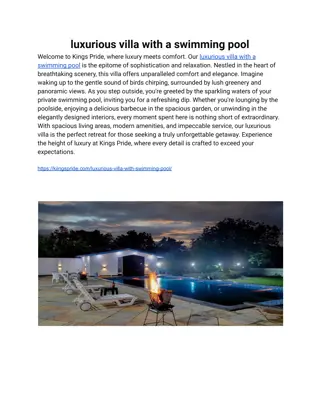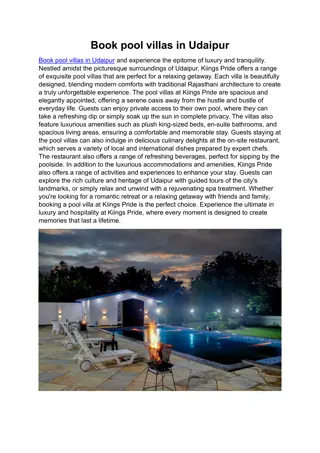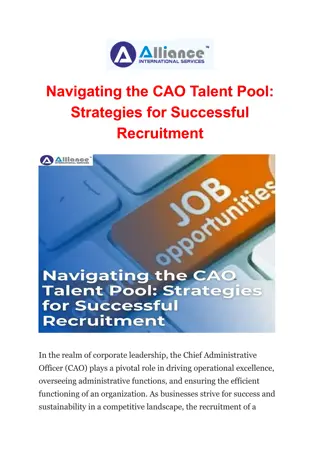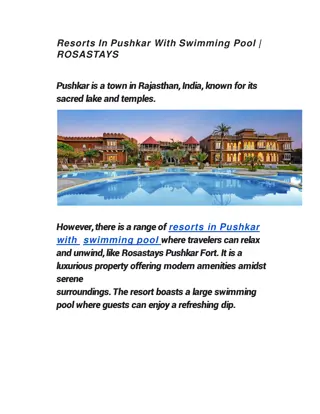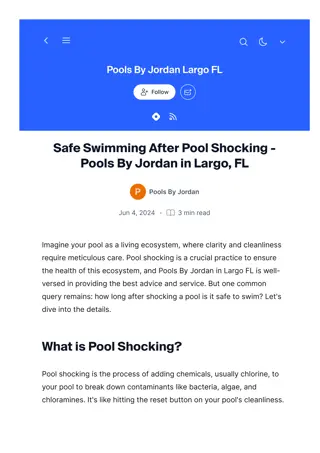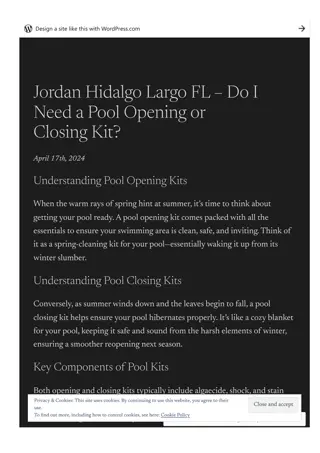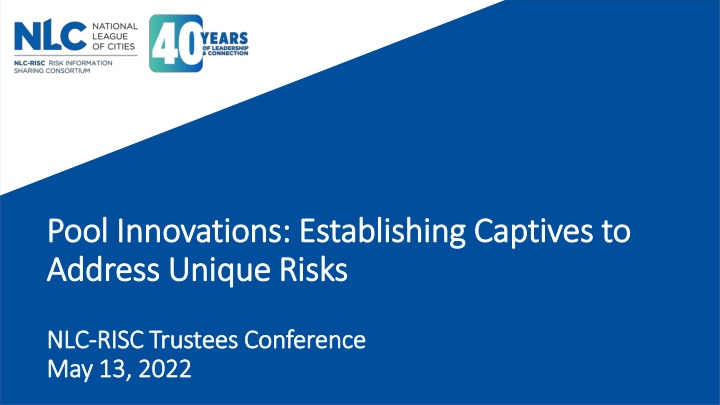
Captive Insurance Companies in Risk Management
Learn about captive insurance companies, a risk management and financing vehicle that offers an alternative to conventional insurance. Explore how captives operate, their benefits, and their role in addressing unique risks. Discover insights from industry leaders and find out how captives can be established to manage specific risks effectively.
Download Presentation

Please find below an Image/Link to download the presentation.
The content on the website is provided AS IS for your information and personal use only. It may not be sold, licensed, or shared on other websites without obtaining consent from the author. If you encounter any issues during the download, it is possible that the publisher has removed the file from their server.
You are allowed to download the files provided on this website for personal or commercial use, subject to the condition that they are used lawfully. All files are the property of their respective owners.
The content on the website is provided AS IS for your information and personal use only. It may not be sold, licensed, or shared on other websites without obtaining consent from the author.
E N D
Presentation Transcript
Pool Innovations: Establishing Captives to Pool Innovations: Establishing Captives to Address Unique Risks Address Unique Risks NLC NLC- -RISC Trustees Conference RISC Trustees Conference May 13, 2022 May 13, 2022
Poll Question: What is a Captive? Poll Question: What is a Captive? a. Ponzi scheme b. Shady tax evasion scheme c. A legal & regulated entity d. Risk management & financing vehicle f. None of the above g. c. and d.
Setting the Stage: Setting the Stage: Association of Washington Cities Association of Washington Cities Quick facts about AWC Employee Benefit Trust: Medical, dental, vision, life, LTD, EAP, Wellness 275 member employers - 36,000 covered lives $245 M annual contributions 10 staff
AIG Captive Management AIG Captive Management Providing captive management for more than 50 years. Licensed captive manager in a dozen captive domiciles. Currently managing over 100 captive programs with total premiums of nearly $900 million and over $2 billion of capital and surplus. Owned by AIG, a leading global insurance organization with operations in approximately 80 countries and jurisdictions. Most of our captives are independent of any other AIG relationships; fewer than half currently include AIG insurance contracts in their programs. Provide access to AIG s extensive internal resources related to managing insurance companies, and as a separate and distinct group value and maintain clients privacy and confidentiality.
What Is a Captive Insurance Company? A captive is A separate legal entity created or used by a company More specifically, it is An insurance or reinsurance company formed primarily to insure its owner(s) and affiliated companies A risk management and financing vehicle that offers an alternative to conventional insurance A regulated entity within the domicile in which it operates A captive typically Has no employees so all of the usual insurance company functions are outsourced to third parties Provides coverages that the owner wishes to retain or that are unavailable in the traditional market Does not have its financial strength rated by AM Best, S&P or Moody s like a traditional insurance company HIGHLY CONFIDENTIAL DO NOT COPY
Why Do Companies Use Captives? Companies use captives for a variety of reasons, but most often, to improve the cost of and/or control over their overall corporate risk Risk Management Financial Insurance Strategic Reduce the need for, and reliance on, commercial insurance Promote loss control through effective risk management Provide coverage for difficult to insure risks Offer flexibility in program design Access the commercial reinsurance market Reduce total costs of risk Investment earnings and cash flow Balance sheet protection Tax planning opportunities Potential profit center Participate in profitable risks Evidence insurance coverage requirements Ability to set own terms and conditions Allow for greater certainty in costs and flexibility through varying market cycles Provide coverages either not available in the traditional market or considered too expensive Reduce dependency on conventional insurance markets Integration with long term client strategy Parent company strategies Joint ventures and new geographic territories Capture Insurance related (life/non-life) profits HIGHLY CONFIDENTIAL DO NOT COPY
Poll Question: Where are some of the largest captives Poll Question: Where are some of the largest captives formed? formed? a. Bermuda b. Vermont c. Cayman Islands d. Hawaii e. a. and c. f. All of the Above
Domicile Selection Where to Locate a Captive? Think of taking a TRIP Taxes both state/domicile taxes and Federal issues should be considered Regulation balance of flexibility and certainty Infrastructure established domiciles typically have stronger available infrastructure (audit firms, law firms, actuarial resources) Pricing (and Politics) cost of doing business, political support Among the world s largest captive domiciles are Bermuda, Vermont, Cayman and Hawaii HIGHLY CONFIDENTIAL DO NOT COPY C052214
Sponsored Captive & Cells Sponsored Captive & Cells NLC Mutual Insurance Company NLC Mutual Insurance Company Quick facts about NLC Mutual: Established in 1986 Member owned and powered Started with six states, currently in 27 states Every member has a seat on the Board Committed to current public entity issues Established January 1, 2022 NLC Mutual Captive Solutions as a risk-sharing option for unique or complex risks
Captive Cell - Illustration The Pool s Self-Insured Retention varies to reflect the size and risk appetite of the pool member. The captive layer premium reflects each pool s chosen limit.
NLC Mutual: Sponsored Captive Structure NLC Mutual: Sponsored Captive Structure
MSL Advantage, IC MSL Advantage, IC Four founding health pool members Medical Stop Loss: Pool specific retentions range from $500K to $2.5M Captive layer - $1M above pool medical stop loss deductible Excess coverage above purchased through the commercial market Contributions & Premiums: First-year Premiums Minimum participation agreement (e.g., 3 years) Initial Capital Investment funded by participating health pools Coverages Provided: Individual stop loss above pool retentions Aggregate stop loss on captives retained losses Aggregate stop loss on individual pools retained losses
Characteristics of a Strong Captive Opportunity Weak Strong Premium Size Under $500,000 Over $5 Million Loss Ratio Over 125% Under 50% Data Quality Little or no data available 10 years loss/premium history available Motivation Risk management or long-term cost savings Taxes or my buddy has a captive Owner Financial Strength Private company w/ concerns about capital/cash flow Fortune 500 company/major public entity Project Leader Tax advisor Risk Manager/ Owner Broker
Common Misconceptions about Captives A captive is an immediate money saver Captives are formed primarily because of the tax benefits. A captive is used instead of commercial coverage. Captives are subject to far less regulation than traditional insurers. HIGHLY CONFIDENTIAL DO NOT COPY
Sponsored Captive Sponsored Captive Opportunities for Pools Opportunities for Pools Opportunities Strategic Advantages Possible use of cells by members Ability to isolate groups of risk over time, by line Provides an opportunity to take a small portion of risk for challenging products Additional flexibility for member surplus management Strengthens member relationships Increased member engagement Serves as a go-to-resource to help meet member needs Leverage expertise (internal & external), administration & staffing
KEY CONSIDERATIONS KEY CONSIDERATIONS Feasibility study Additional governance State regulatory environment & authority to form a captive Minimum capital requirements & additional expenses (to form captive) Evaluate tax status of cell and impacts to pool Staffing and partnerships to administer Political considerations about where to form captive
Discussion: Where are you seeing pain? Ideas for forming Captives . . . Medical Stop Loss Cyber Directors & Officers Property Other?

